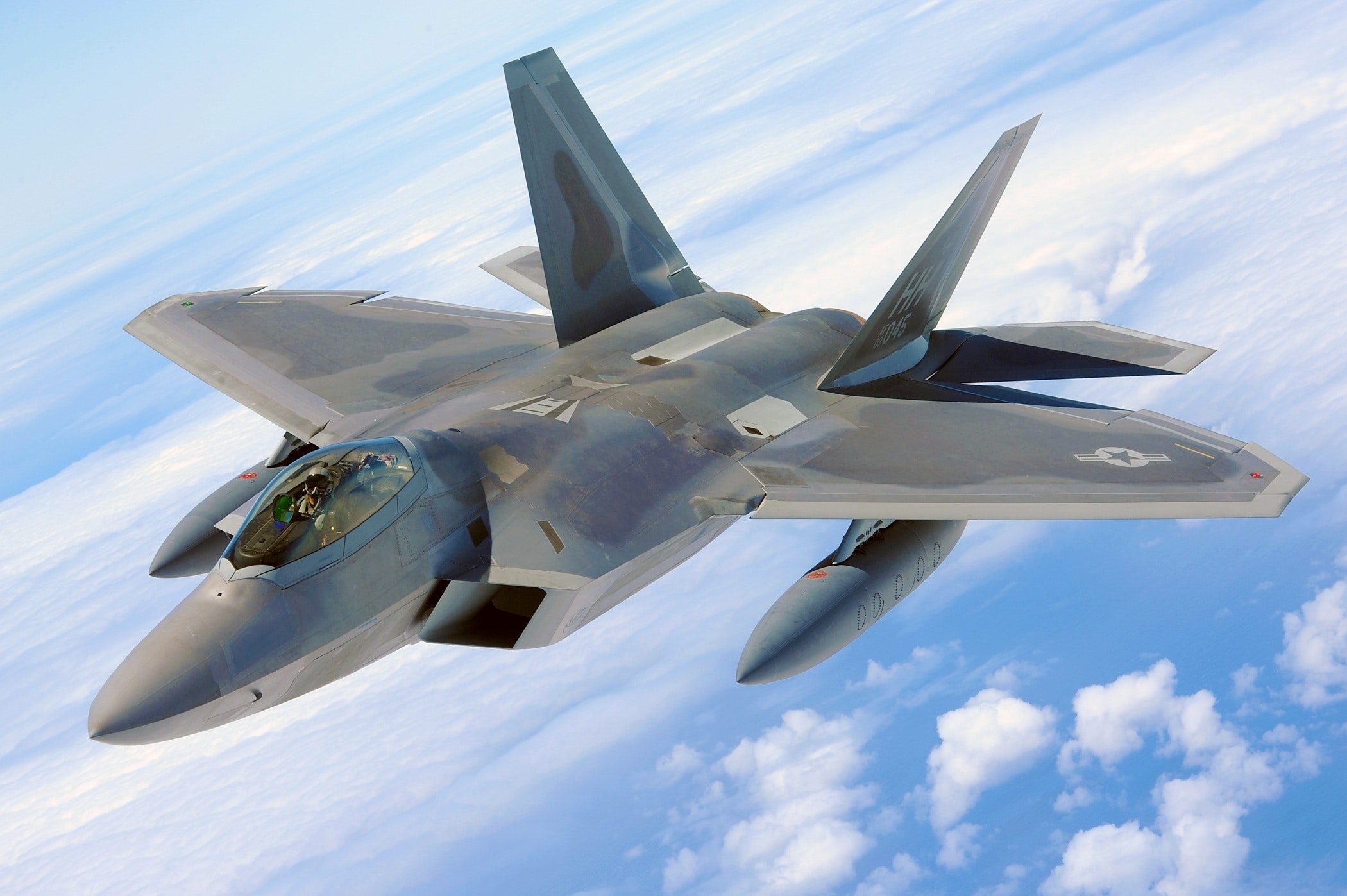The report stated that there was a drop in global arms sales for the first time since the period from 2001-to-2005.
Arms imports to Qatar saw a 361% increase from 2016-to-2020, according to a report released by the Stockholm International Peace Research Institute [SIPRI] on Monday.
The report suggested the increase of arms transactions was possibly linked to heightened regional tensions between the Gulf states, with the three-year illegally-imposed blockade on Qatar creating a sense of insecurity in 2017.
Read also: Qatar ‘might get F-35’ despite Israel’s objections
SIPI also said the “increase can mainly be attributed to the delivery of 24 combat aircraft from France and 10 air defence systems from the USA”.
“With the aim of increasing its influence in the Middle East, Qatar has vastly expanded its armed forces since around 2013. This process continued in 2016–20 and Qatari arms imports were 361 percent higher than the previous five-year period,” read the report.
Overall, the Middle East saw a 25% increase in arms imports from 2016-to-2020 in comparison to the period from 2011-to-2015. Four out of the top 10 arms-importers in the report were in the MENA region, including Saudi Arabia, Egypt, Qatar and the UAE.
SIPRI stated that 52% of the weapons imported to the Middle East were from the US, 13% from Russia and 12% from France.
In 2016–20, Middle Eastern #ArmsImports grew by 25%, driven chiefly by Saudi Arabia🇸🇦 (+61%), Egypt🇪🇬 (+136%) and Qatar🇶🇦 (+361%).
Read more about the trends in international #ArmsTransfers in SIPRI's latest Fact Sheet ➡️ https://t.co/BB58Wk8SP0 pic.twitter.com/DHo1jsqbHL
— SIPRI (@SIPRIorg) March 15, 2021
In the specified four-year timeframe, Saudi Arabia was the largest importer in the region. The kingdom received 11% of all global imports and its overall imports increased by 61%.
A whopping 79% of Saudi arms purchases were made from its US ally.
“Saudi Arabia strengthened its long-range strike capabilities with 91 combat aircraft from the USA and 15 from the UK. It also imported 14 air defence systems from the USA,” read the report.
Egypt, the third largest importer from 2016-to-2020, saw a 136% increase in its arms imports.
Decrease in UAE’s imports
Meanwhile, the UAE, which has for years topped the list for worldwide arms imports, saw a dramatic decline in sales.
From 2016 to 2020, the Emirates witnessed a 37% decrease in imports compared to its peak period in 2011-2015, the report noted, when Gulf states notably faced concerns over region-wide Arab Spring protests.
In 2015, the UAE also launched its military intervention in Yemen after Houthi rebels overran the capital and other major cities, a move that was designed at the time to reinstate the internationally-recognised government in a quick in-and-out job.
However, despite the decline, the UAE is expected to return to its position as a key importer with several “outstanding deliveries” in the coming years.
“[The deliveries] indicate that the UAE’s arms imports will continue to be at a high level in the coming years,” read the report, adding that normalisation of relations with Israel will also boost its arms sales.
In November, the US agreed to sell 50 F-35 combat aircraft to the UAE.
“If deliveries of these aircraft are implemented as planned, the UAE’s arms imports will increase in the second half of the 2020s. In 2016–20 Iran’s arms imports represented 0.3 percent of the global total,” said the report.
Qatar has also filed request to purchase the fighter jet though it remains unapproved.
Requests to obtain the American jets from Lockheed Martin Co, a leading aerospace and weapons manufacturer must be approved by the US government, but key ally Israel has a big say in the decision.
Unlike the UAE, Qatar has refused to normalise relations with Israel and Israeli Intelligence Minister Eli Cohen previously said the Jewish state would oppose any US attempts to sell to Qatar.
Follow Doha News on Twitter, Instagram, Facebook and Youtube







